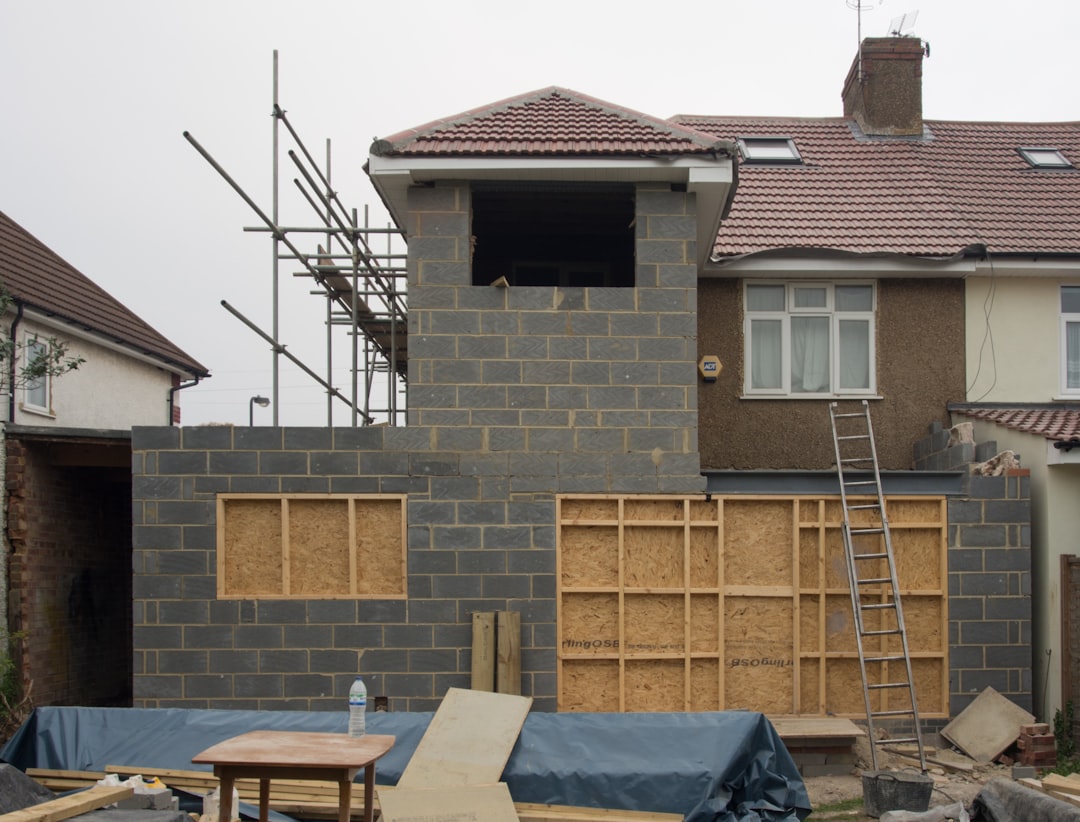Understanding the Real Price of a Retaining Wall in Residential Construction
For construction professionals, accurately estimating the cost of a retaining wall is crucial. Costs can range from $40 to $220 per linear foot, depending on factors like wall height, material, and site conditions. CountBricks offers an AI-powered platform that integrates live material pricing and labor analytics to provide precise estimates.
Key Cost Drivers You Must Track
- Wall height and length affect concrete volume, rebar density, and excavation time.
- Site access impacts whether machinery or manual labor is needed.
- Soil type influences engineering specifications, with clay soils often requiring additional measures.
- Finish materials such as CMU, concrete, or stone vary in cost.
- Drainage and waterproofing are essential to prevent hydrostatic pressure.
Average Price Ranges in CountBricks Estimates
- Low slope, 3-foot CMU wall: $40–$60 per linear foot
- Mid-slope, 4–6-foot reinforced concrete wall: $75–$110 per linear foot
- High slope, 8-foot engineered stone veneer wall: $140–$220 per linear foot
These figures are updated daily to reflect live supplier feeds and regional wage data. Visit CountBricks for more details.
How CountBricks Calculates Your Retaining Wall Price in Minutes
Step-by-Step Digital Workflow
- Upload a blueprint; our AI auto-measures wall segments.
- Voice input converts requirements into line items.
- Real-time queries for material pricing.
- Labor hours are calculated from historical data.
- A detailed proposal is generated in minutes.
Why Voice-Driven Estimates Beat Spreadsheets
- 65% faster than manual takeoffs.
- Automatic error checking prevents omissions.
- Instant recalculations for change orders.
- Seamless integration with invoicing.
Material Choices and Their Impact on Price
Concrete Masonry Unit (CMU)
- Common in suburban areas.
- Moderate cost, high labor efficiency.
- Accepts various finishes.
Poured-in-Place Concrete
- High strength for tall walls.
- Requires formwork, increasing labor costs.
- Smooth aesthetics without cladding.
Natural Stone or Stone Veneer
- Premium appearance.
- Material heavy and labor intensive.
- Often paired with a concrete core.
Hidden Costs Professionals Often Overlook
- Permit fees and engineering stamps.
- Haul-off charges for excavation spoils.
- Utility locates to protect infrastructure.
- Landscaping restoration post-construction.
CountBricks includes these costs in estimates for transparency.
Saving Money Without Sacrificing Safety
Five Pro Tips from CountBricks Estimators
- Terrace walls to reduce height and engineering needs.
- Use split-face CMU for texture without veneer costs.
- Schedule mid-week pours for lower delivery fees.
- Utilize on-site soil for backfill if suitable.
- Bundle projects to share mobilization costs.
Ready to Lock in Your Exact Price?
CountBricks is designed for contractors seeking precise estimates. Our platform delivers detailed, line-item estimates ready for approval. Start now at CountBricks.
CountBricks Case Snapshot: San Jose Hillside Makeover
A recent project in Almaden Valley required a 70-foot retaining wall with integrated lighting. CountBricks provided a quick and accurate estimate, securing the contractor's bid.
Project Highlights
- Blueprint upload and AI detection of elevation changes.
- Live pricing saved $940 on concrete costs.
- Voice-added features updated the estimate in real time.
- Final proposal delivered in under seven minutes.
Lessons Learned
- Speed and transparency build trust with clients.
- Breaking down costs increases client confidence.
- Locking in prices early protects against market fluctuations.
Applying These Insights to Your Next Build
- Showcase similar projects to reassure clients.
- Use milestone invoicing for steady cash flow.
- Leverage AI tools for instant pricing updates.
The project was completed ahead of schedule and under budget, demonstrating the efficiency of CountBricks' AI-driven approach.

